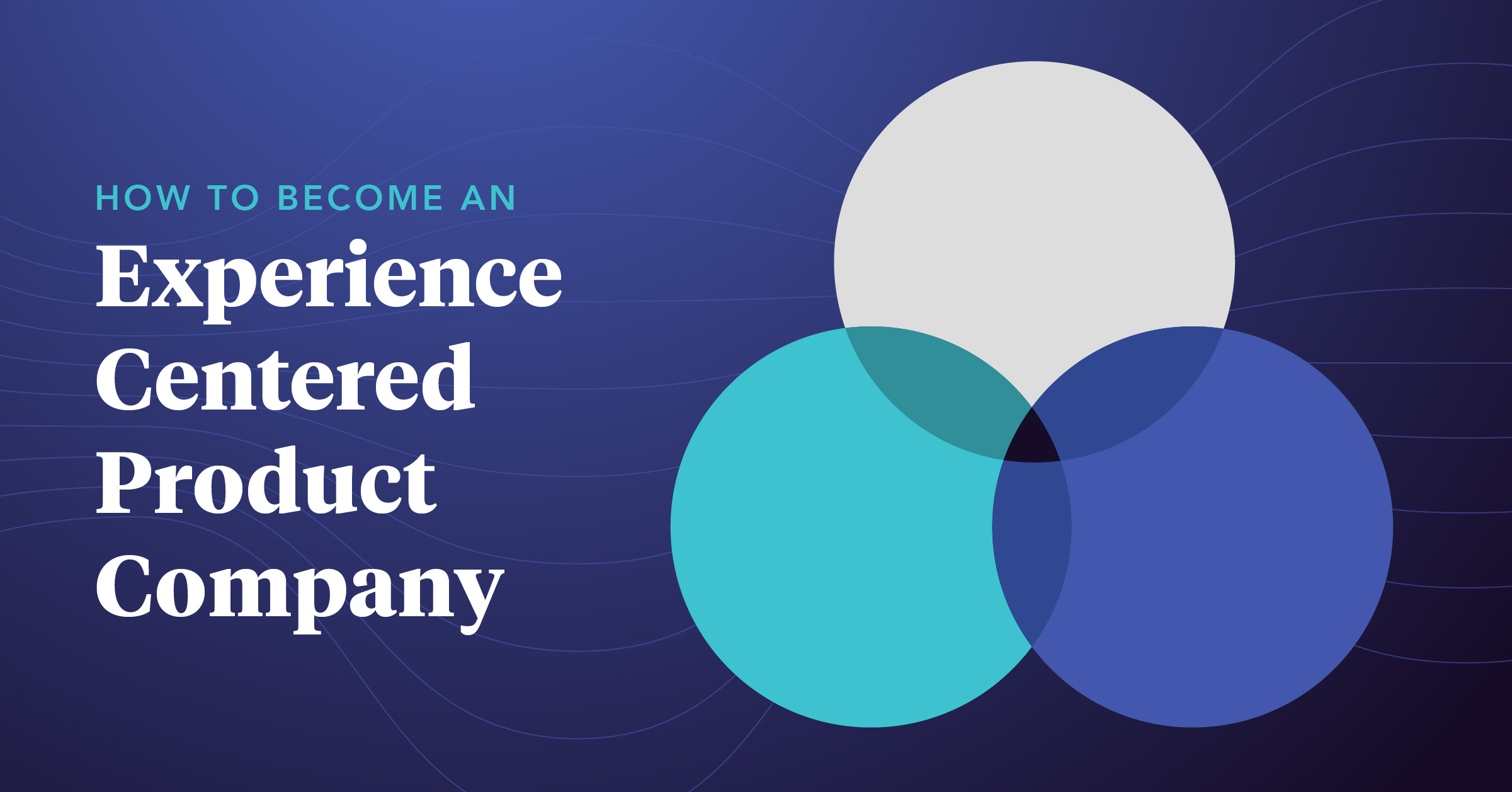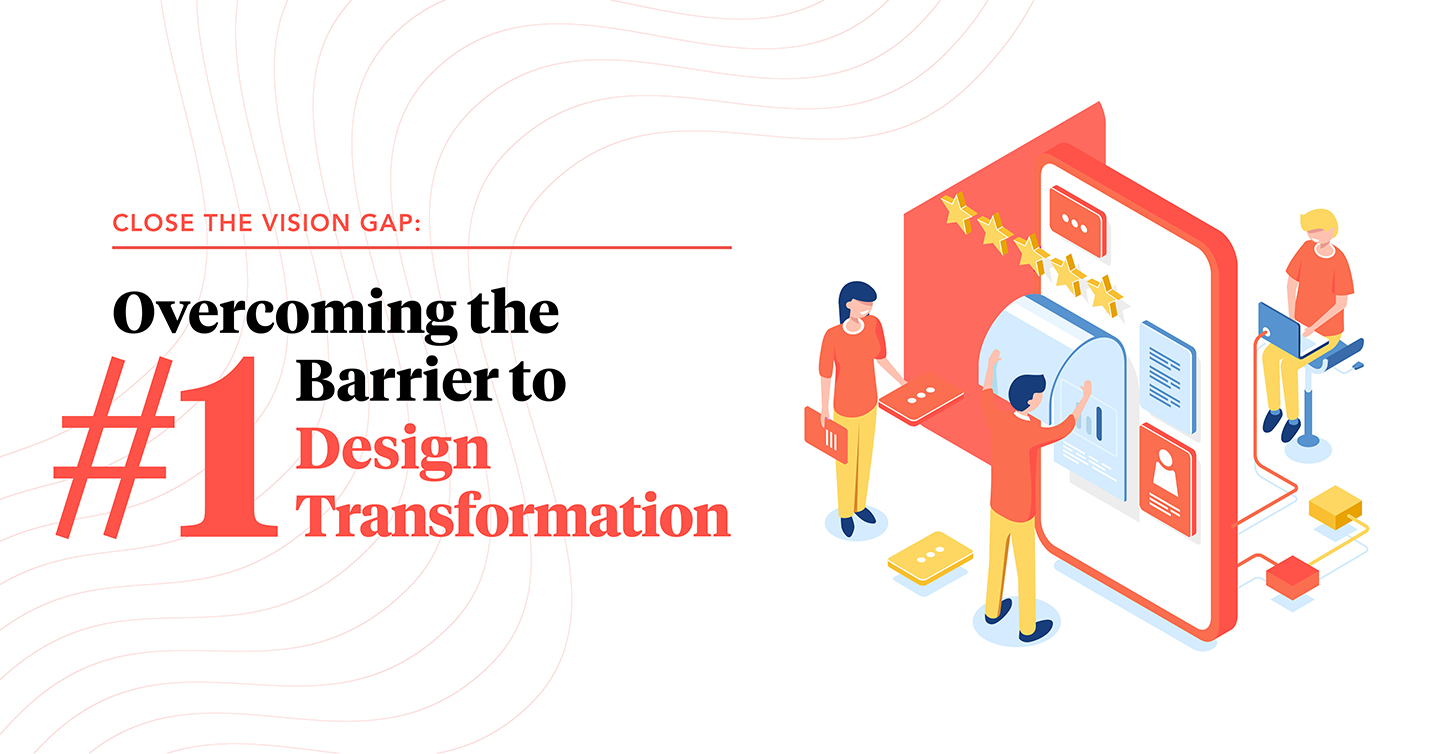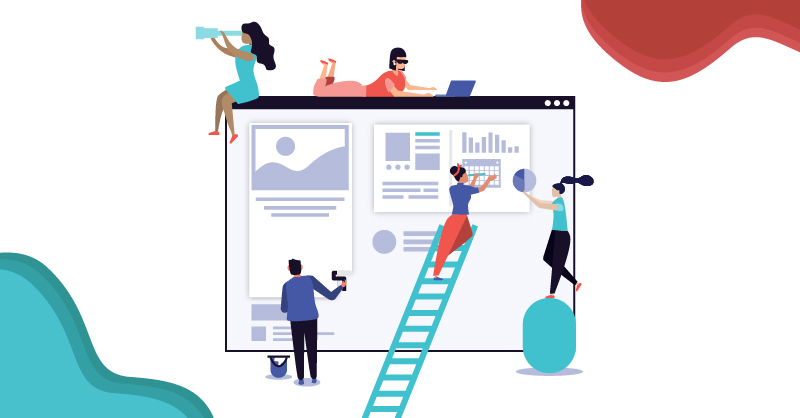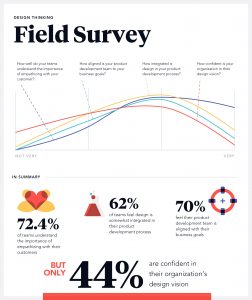
How to Become an Experience-Centered Product Company (And Overcome the #1 Barrier to Innovation)
Experience-centered design competencies are at the core of all successful innovation engines. This article offers guidance on how established companies can transition from conventional to innovative in vision and practice through user-experience–centered design.
Why Does Experience-Centered Design Thinking Matter?
What Is Experience-Centered Design?
Experience-centered design is an approach to creating products and services that, at their core, are designed to address customer desires. The term is often interchanged with “human-centered product design” or “design thinking.”
Experience-centered design can be a counter-intuitive concept. As opposed to traditional product models for designing products around business drivers or the next novel technology, experience-centered design critically examines what to build based on customer experience.
Experience-centered design is key to innovating–if not the only way to truly and consistently innovate. Companies who don’t transition to an experience-centered design thinking approach will be unable to compete in today’s rapid-innovation environment.
“Could” Versus “Should:” How to Cultivate Authentic Innovation
Some businesses ask “What CAN we build in order to drive more business?” rather than asking “What SHOULD we build to help customers achieve their desired outcomes?”
A product cannot succeed if it doesn’t meet the customer’s needs or desires. People simply won’t buy it, or they’ll buy it only until something better comes along. Products designed to simply showcase technology and extraneous design details fail to impact the day to day experiences of the people who use them. Features, bells and whistles may seem impressive at first glance, but over 64% of those built are never used nor desired by the customer.
Experience-centered design places the focus on what SHOULD be built to most impact the experiences of the people using the product. Products that fail to do this are a waste of money — they consistently fail to attract and retain customers.
Focusing On “Should” for Human-Centered Product Design
It’s easy to know what you COULD build, but how do you know what you SHOULD build? Digging into the challenge of identifying product concept is necessary for innovation. There are three critical phases to discovering and defining authentically innovative product design:
1. Define MVP and market value.
2. Conduct user research.
3. Conduct usability tests on UX prototypes.
These three steps help teams understand what they should build for optimal market impact and customer attraction and retention.

#1 Barrier to Experience-Centered Design Transformation
A lack of shared vision is the biggest barrier for established companies seeking to transition from conventional to innovative modes of operating.
Having a shared vision means that all teams, from strategy to design and development, are collaborating to achieve the same clearly defined values and outcomes for the product.
How to Discover Design Vision for Experience-Centered Products
Incorporate these three keys to discover shared design vision across teams:
- Collaborate with stakeholders across all facets of strategy, design and development to discover design vision upfront.
- Clarify the vision, using design thinking practices like guerrilla research and mental model diagramming to discover the true purpose for a design.
- Prove and refine the vision, testing its impact with real people rather than simply relying on a hypothesis.
Defining & Integrating Design Vision into Digital Innovation
According to a recent survey we conducted among leaders at established organizations, the presence of a defined and integrated design vision is a commonly missing component in innovation strategies.
>> Learn more about the survey and download our Field Manual for Rapid Innovation to access practical design thinking tools.
How to Integrate Design Vision for Experience-Centered Products
Once design vision is clearly defined, transmitting the vision across strategy, design and development is the next critical step.
Cultivating an environment in which engineering teams, project managers, business and strategy teams and designers are truly working together toward the same results can be a remarkably difficult task.
We learned a lot from the 2019 Design Thinking conference in Austin about what it takes to transition an established culture from convention to innovation. Our top three takeaways included:
1. Monitor sustained progress toward transformation. Always examine how things are going as you make the transition. Asking and responding to intentional questions keeps teams accountable to the transition, facilitating course correction along the way.
- Are you aligned around shared design vision?
- What are you learning? Is it successful so far?
- Are teams empowered to do what they need?
- Are you actually collaborating?
- Are you executing on what was agreed to?
2. Create behavioral change. Don’t just change how people think in your organization. Carry out change at the functional level, enacting transformation at every level of action.
3. Adopt collaborative design thinking. Don’t leave design vision to just the design team. Involve all stakeholders in the discovery process from the start. This will ensure the vision is well balanced and understood.
>> Learn more about igniting and sustaining innovative culture from the 2019 Design Thinking conference.
Who Does What in an Experience-Centered Product Company? Collaborative Infrastructure for Continuous Innovation

So what does a truly experience-centered product company look like? Teams work together toward clear, common vision from ideation through implementation. They learn to repeatedly create authentically innovative digital products.
Collaborative infrastructure for experience-centered design companies is focused around what teams intend to accomplish rather than around their unique disciplines and skills. Teams and individuals understand their identities in light of their focus on the end vision:
- Engagement and product leaders advocate for business goals
- Designers advocate for user needs and desires
- Engineers advocate for functionality, feasibility and performance
These three general groups work together across three phases:
Discover market need and product design vision.
Envision product design through hypothesis, testing and refinement.
Build fully functioning product features consistent with design vision.
To succeed at experienced-centered design, teams must operate interdependently from beginning to end of the innovation process. This ensures the needs of the business, user and technology will all be accounted for from the very inception of design vision. Include at least one stakeholder from each lifecycle phase in critical meetings at each stage of design and development.
>> Learn more about how designers, developers and businesses work together in our three-part series: Part 1, Part 2, Part 3.
>> Download the infographic to get an in-depth look at collaboration in human-centered design environments.



Leave a Reply